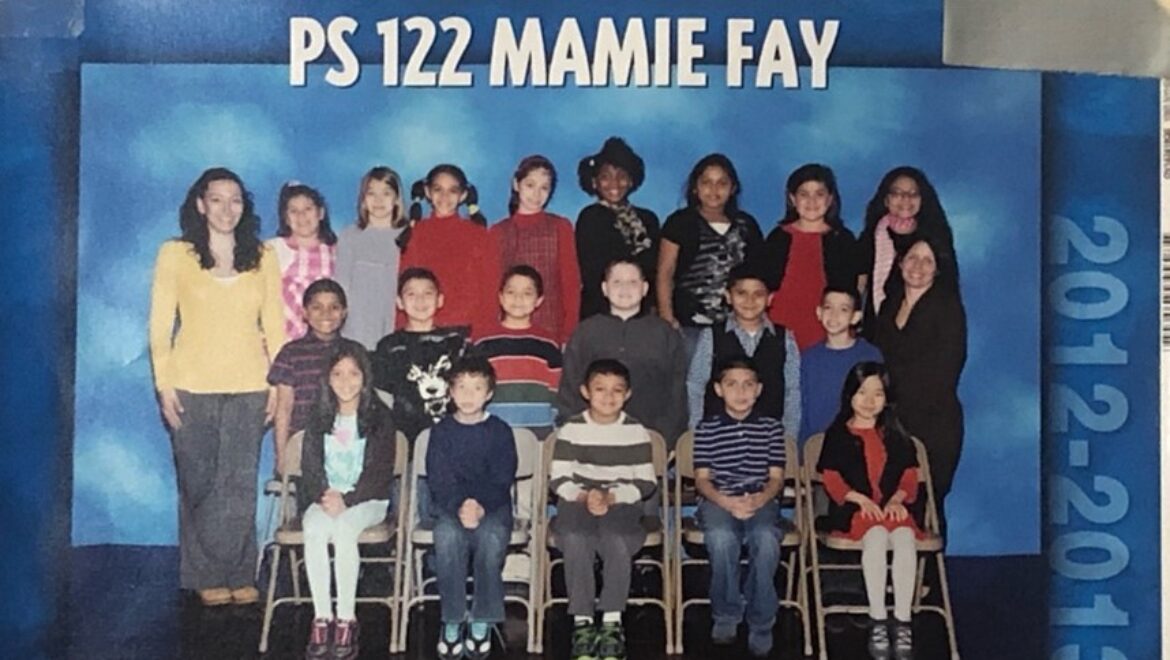Amy Tan’s – “Mother Tongue”
Rhetorical Situation Worksheet
Your Name:
| Animesh Ray |
Completing this worksheet may take more time than you think. It’s worth the time. The information you gather will help you later when writing up assignments. But more importantly, the process of addressing each of the questions below will slowly work to change how you read texts. Keep in mind that some answers will not be obvious or even observable in the text, and so you may have to do some critical thinking and, at times, even some online research. Use full sentences. Take as much space as you need.
Context & Exigence: What topic/conversation is this text responding to? What year is the text published? What is the exigence–that is, what motivating occasion/issue/concern prompted the writing? The motivating occasion could be a current or historical event, a crisis, pending legislation, a recently published alternative view, or another ongoing problem.
| In 1990, the Text was published. The topic she is addressing is discrimination towards people who speak “broken” or “limited English.” Her passion stems from her childhood memories of her mother. |
Author: Who is the author of this text? What are the author’s credentials and what is their investment in the issue?
| Amy Tan or An-Mei is the author. She is the daughter of an immigrant from China, and her interest in the subject stems from her and her mother’s experiences, as well as a linguistic narrative. |
Text: What can you find out about the publication? What is the genre of the text (e.g., poem, personal essay, essay, news/academic article, blog, textbook chapter, etc.)? How do the conventions of that genre help determine the depth, complexity, and even appearance of the argument? What information about the publication or source (magazine, newspaper, advocacy Web site) helps explain the writer’s perspective or the structure and style of the argument?
| Three Penny Review is an “American literary magazine” that provides audience literature, memoirs, poetry, essays, and criticism.” The genre explains why the writer’s paper was released by this particular publisher. This also explains why and how the author has written what she did. Source: https://en.wikipedia.org/wiki/The_Threepenny_Review |
Audience: Who is the author’s intended audience? What can you infer about the audience (think about beliefs and political association but also age, class, race, ethnicity, sexual orientation, profession, education, geographic location, religion, etc.)? Look for clues from the text (especially the original publication) to support your inference.
| She probably had the “English language” spoken by everyone in mind as her target demographic. Everyone who could read English could benefit from this article, in my opinion. The author demonstrates that “broken English” is perfectly acceptable to people who claim that “perfect English” is incorrect, and she encourages individuals who don’t speak “perfect English” to tell those who do that, their imperfect English is perfect just the way it is. Gives a sense of acceptance in society. Because this post would draw readers who are interested in this topic, I believe the publisher Three Penny Review was picked to publish it. |
Purpose: What is the author trying to accomplish? To persuade, entertain, inform, educate, call to action, shock? How do you know?
| The author’s purpose for writing this narrative is to tell those that speak imperfect English that they are not below anyone. The publisher is proof that she wanted to reach out to those people. |
Argument: What do you believe is the main claim/idea/argument that the author is trying to communicate? What stance does s/he take?
| The main stance she is making is that people speak in their own tone and that they shouldn’t be treated differently or looked down upon because of it. |
Evidence: How is the argument supported? Types of support include reasons and logical explanations as well as evidence. Types of evidence include anecdotes, examples, hypothetical situations, (expert) testimony, quotes, citing sources, statistics, charts/graphs, research the author or another source conducts, scientific or other facts, general knowledge, historical references, metaphors/analogies, etc.
| Her mother’s experience is clear evidence in contrast to Amy’s experience. She and her mother’s personal experiences, in which differing treatment of her mother because she didn’t speak excellent English occurred on many occasions, seem to be the basis for her argument. However, they received favorable treatment when her daughter, the author, spoke in place of her mother in fluent English. |
Rhetorical Strategies: What aspects of this text stand out for you as a rhetorical reader? In other words, what do you observe about what the author strategically does (consciously or not) in hopes of appealing to their audience? List here as many observations as you can make about what the text does.
| -The experiences of herself and her mother and how both of their different experiences back up Amy’s argument. -Husband being able to completely understand her and develop an understanding of home language -Her motivation keeps people moving forward and heads up. |
Citation: Add the correct MLA or APA bibliographic entry for this text. Use easybib.com if you prefer.
| Tan, Amy. “Mother Tongue.” “Under Western Eyes” in The Threepenny Review, 1990, pp. 315–320. |
Notes: What do you want to remember about this text?
| I want to remember the relatable experiences Amy went through for me. Makes me believe I was in the right after all and that society should treat us fair. |


